I met Esther on a hot afternoon of May. Yes, the summer is generous this year in the Netherlands. We discovered we had exactly the same type of bike and instantly bonded by showering it with praise. When I finally got a chance to see her website I knew immediately I wanted to know more. By the time I stepped in to her workshop, my mind was set. I wanted an interview.
Esther is an artist that gives life to the past. Her creations are beautifully intriguing. I personally adore the “Sanitary” section, and as an architect, I’d love to play with them in my designs.
You can find her creations on her website and you can follow her on Facebook, Twitter and Pinterest.
Many of your ceramic products are based on the idea of giving new life to out of fashion but still perfectly good items. How did you get to that idea? What made you start the respective collections?
The idea came to me when I visited several second-hand stores and saw shelves full of porcelain tableware discarded because it is out of fashion or incomplete. At that moment, I was working in a screen-print factory and the thought came up to re-print it to give it a complete new look. Would it be loved again as before? Could I make it modern again?
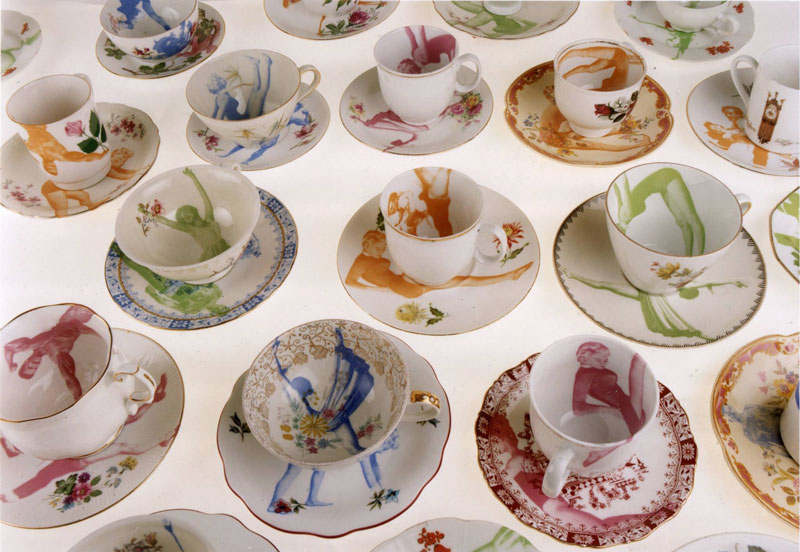
In the same category of recycling, you also have the beautiful lamps made out of repurposed street lamps. What attracts you to the process of recycling? Why not just use new materials?
Why use new materials when the used one are still useful? The original lamps were not discarded because they were broken or dysfunctional. The bulb inside was out of date and used too much energy. The challenge was to create a new, modern, energy-saving lamp from assembled old parts for the interior.
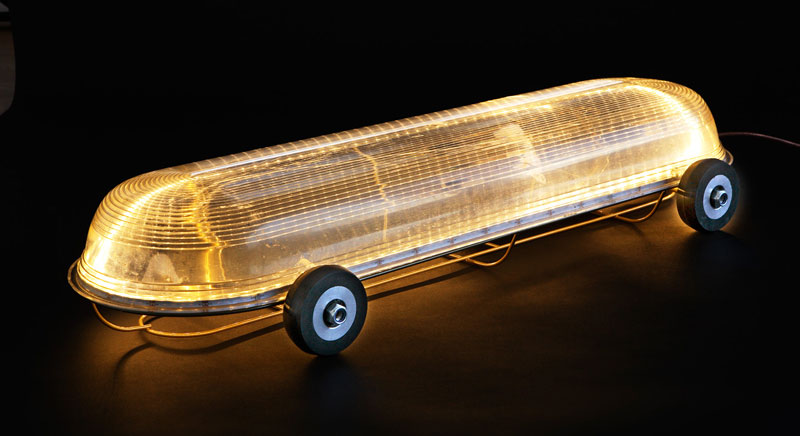
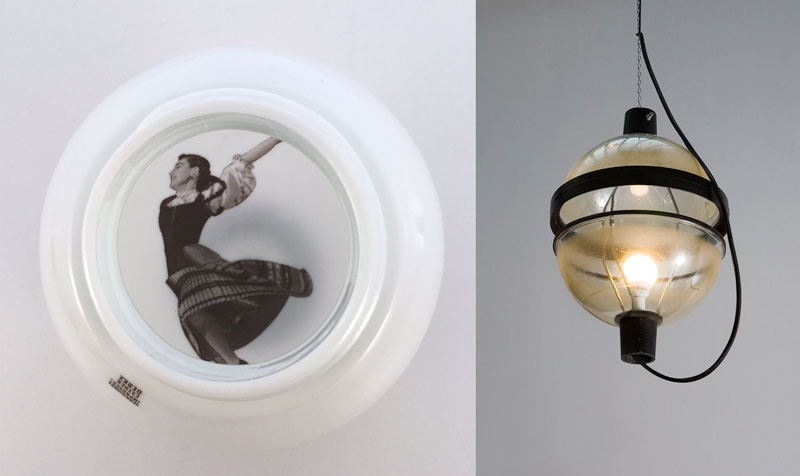
How do you feel that the world handles traditional crafts in a digital area?
People nowadays are more and more interested in handcrafts, they want to know how things work and meet the artist who makes it. Modern techniques sometimes get in place for the traditional crafts, but real quality handicraft will always be recognized. As a designer, it inspires me when modern developments meet traditional crafts and combine their skills.
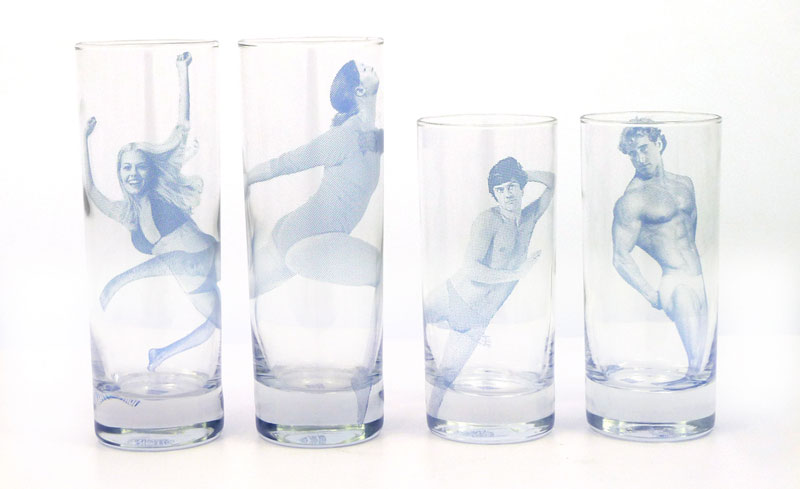
How does the Dutch legislation and system help small producers? What would you say is the most helpful thing they do (or that has helped you)? Is there anything where they might need to improve?
In the last years the government has turned back many cultural subsidies. This affected many beautiful art initiatives in a negative way, which I regret. A lot of artists keep their head up by doing other work next to their artistic work to make a living. Although I never had any structural subsidy I notice that it is surviving and being an entrepreneur instead of experimenting, doing research, or jump in at the deep end. But I don’t complain. It is still the most satisfying job ever!
Would you like to open a physical shop? Do you think that would help or do you think that would be a strain on your creative business?
I have had several shops in Europe, USA and Japan that sold my work. They gave me a lot of publicity and that was great. But in the end, I was working very hard for a little income. I now have decided to sell exclusively through my web shop and selling twice a year at the Meesterlijk in Amsterdam, and Designday in Maastricht. Managing this takes a lot of time, but the income is received directly by myself, which is very satisfying. People that came to the stores before contact me now at my website and I can work even more customized.
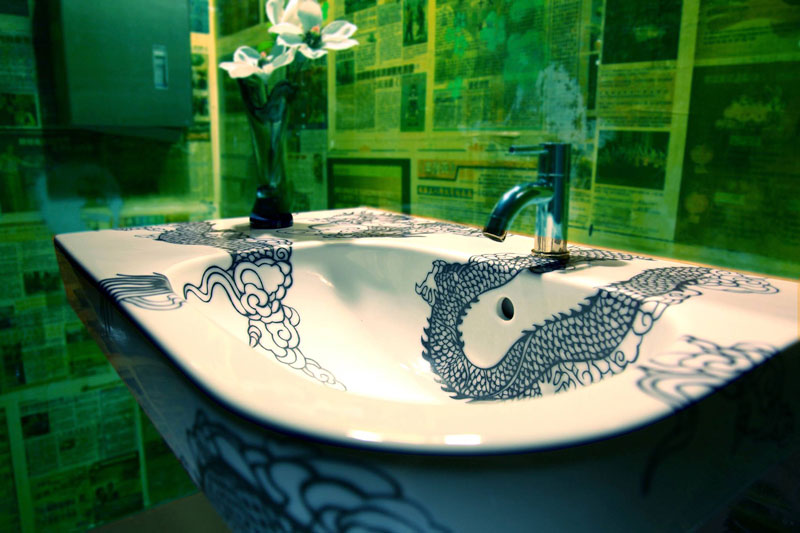
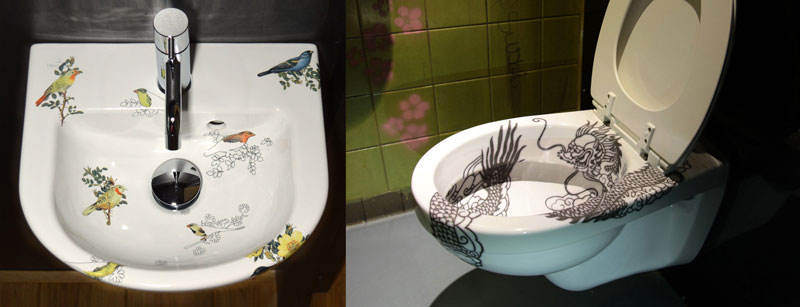
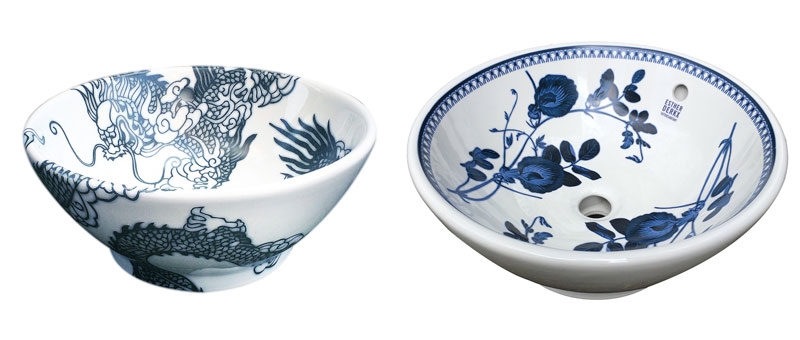
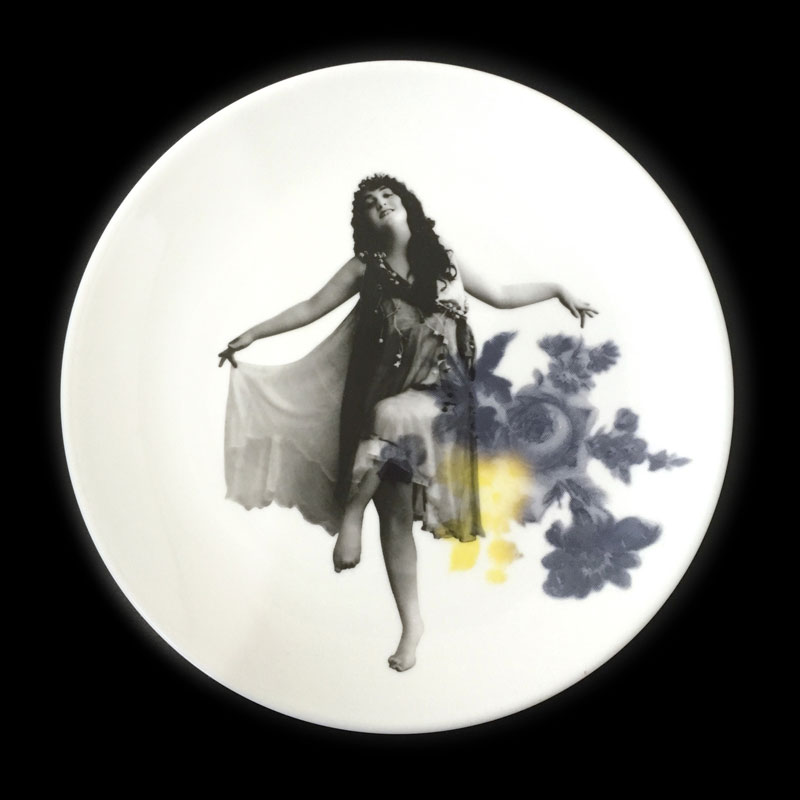
Thank you Esther for your time and contribution to our website!


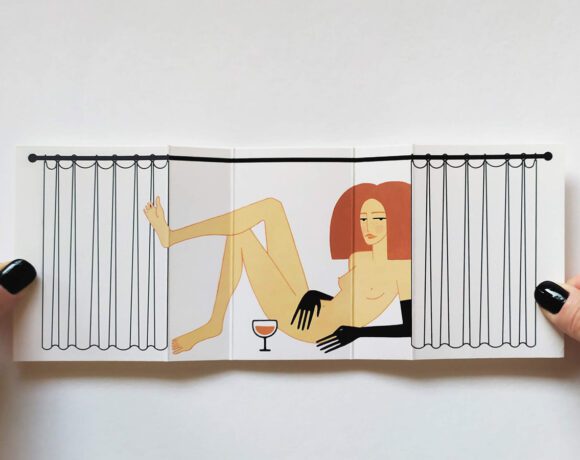
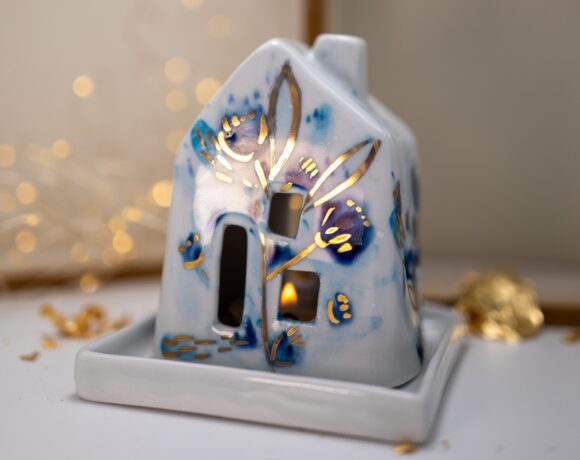
Fără comentarii